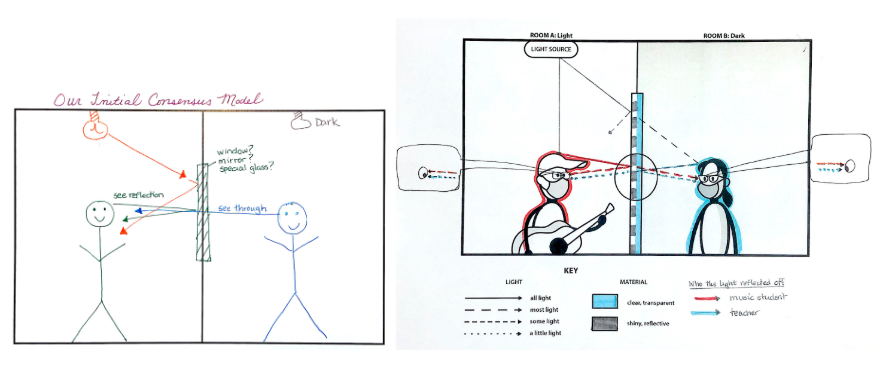Unlocking Student Thinking: How Modeling Makes Learning Visible
As educators, understanding what our students truly grasp about science concepts is crucial. But how can we peek inside their minds? Traditional methods often fall short. Enter scientific modeling, a powerful practice that transforms abstract ideas into visible, shareable representations, providing invaluable insights into student thinking.
In the context of science education, modeling is far more than just building physical objects. It's a dynamic process where students develop, use, critique, and revise representations to explain or predict phenomena. This process itself helps students sift through existing ideas, communicate prior knowledge, keep track of their evolving understanding, and ultimately demonstrate mastery. Crucially, great NGSS models go beyond the observable, depicting the underlying mechanisms like energy and matter transfer, changes over time, and interactions at different scales.
The real power of modeling lies in its ability to make thinking visible. When students externalize their ideas through models, their understanding (and sometimes their misconceptions) becomes apparent to themselves, their peers, and you, the teacher. This visibility supports student reasoning and helps them revise their thinking about complex events.
Several strategies rooted in modeling help achieve this transparency:
Small Group Models: Students collaboratively create models and revise them as they gather new evidence or refine their understanding throughout a unit. Seeing the changes students make reveals how their ideas are developing.
Sticky Notes: Applying color-coded sticky notes directly onto models is an effective way to suggest additions, revisions, or pose questions. This method tracks the evolution of ideas over time and allows students to practice providing constructive feedback. Using sentence frames can further scaffold thoughtful commentary.
"Gotta-Have" Checklists: Co-developed with students, this list highlights the key ideas or relationships they believe must be included in a final explanation. It's a representation of their growing understanding of essential concepts.
By making student thinking visible, modeling also acts as a key strategy for supporting and assessing conceptual change. Teachers can analyze student models, explanations, and comments to see how students are analyzing ideas, considering alternatives, and restructuring their understanding. When students are challenged to adjust their models as new ideas emerge, they engage in accommodation, a core part of conceptual change.
Integrating modeling into your instructional repertoire provides authentic avenues for all learners to show what they know. It's a practice that not only enhances understanding but also provides a clear window into the learning process itself.
3 Resources to Dig Deeper…
Developing and Using Models Video (Bozeman Science)
Project Zero’s Thinking Routines (Project Zero)
What is meant by engaging youth in scientific modeling? (STEM Teaching Tools)
2 Questions to Ponder & Discuss
In what ways can I build opportunities for students to revise their models based on new evidence, peer feedback, or shifting ideas, recognizing that this revision process is where much of the learning occurs?
How can I use the visibility provided by student models (including their drawings, explanations, and discourse) to not only assess their understanding but also to inform my instruction and support students in addressing their misconceptions?
1 Action to Take
Utilize sticky notes to facilitate model revision and commentary. Provide different colored sticky notes (e.g., orange for adding an idea, green for revising, purple for posing a question) and have students use them to comment on their own or their peers' models. Start by having students practice commenting on their own models to build comfort. Providing sentence frames can help scaffold thoughtful commentary.

